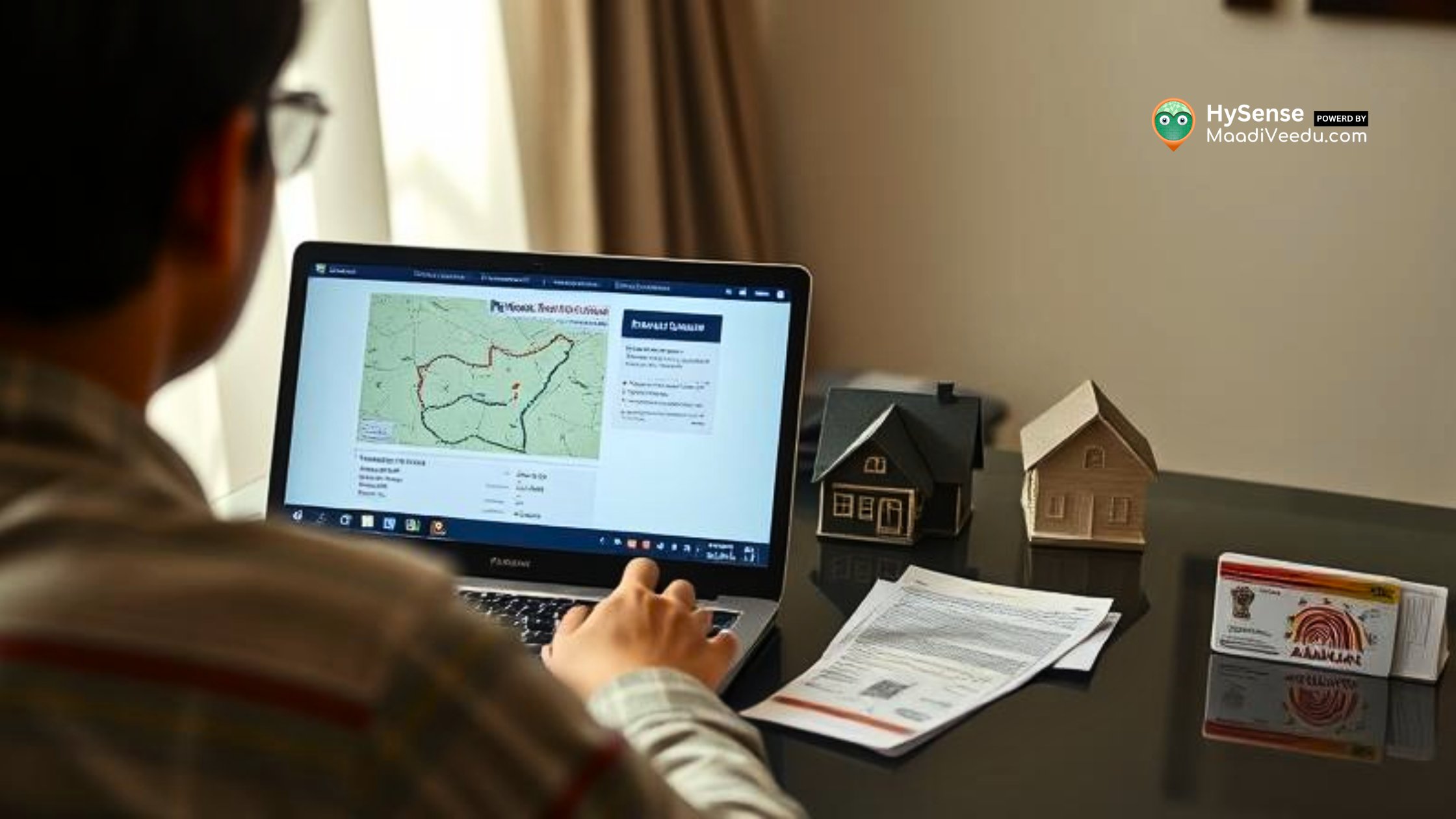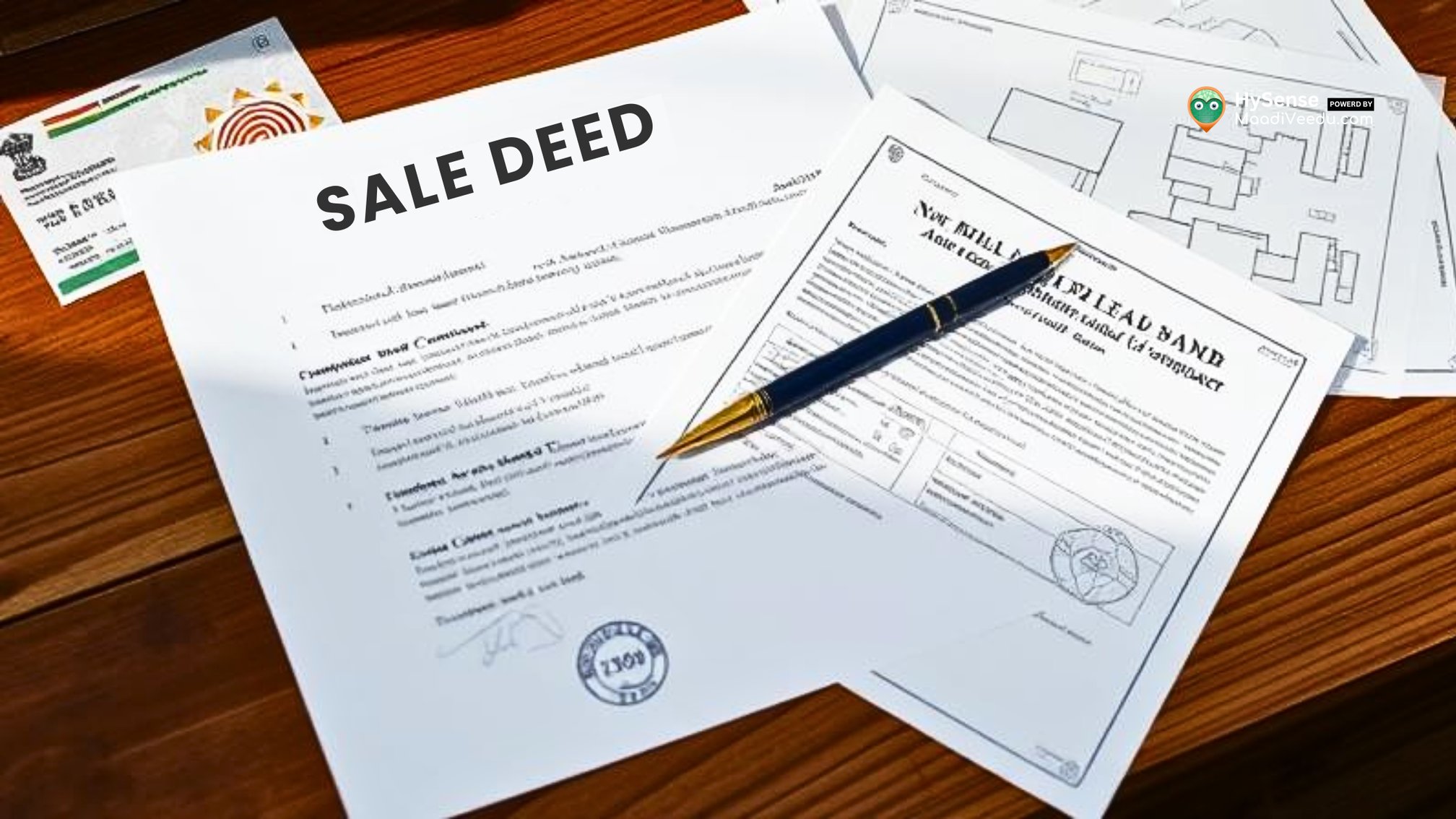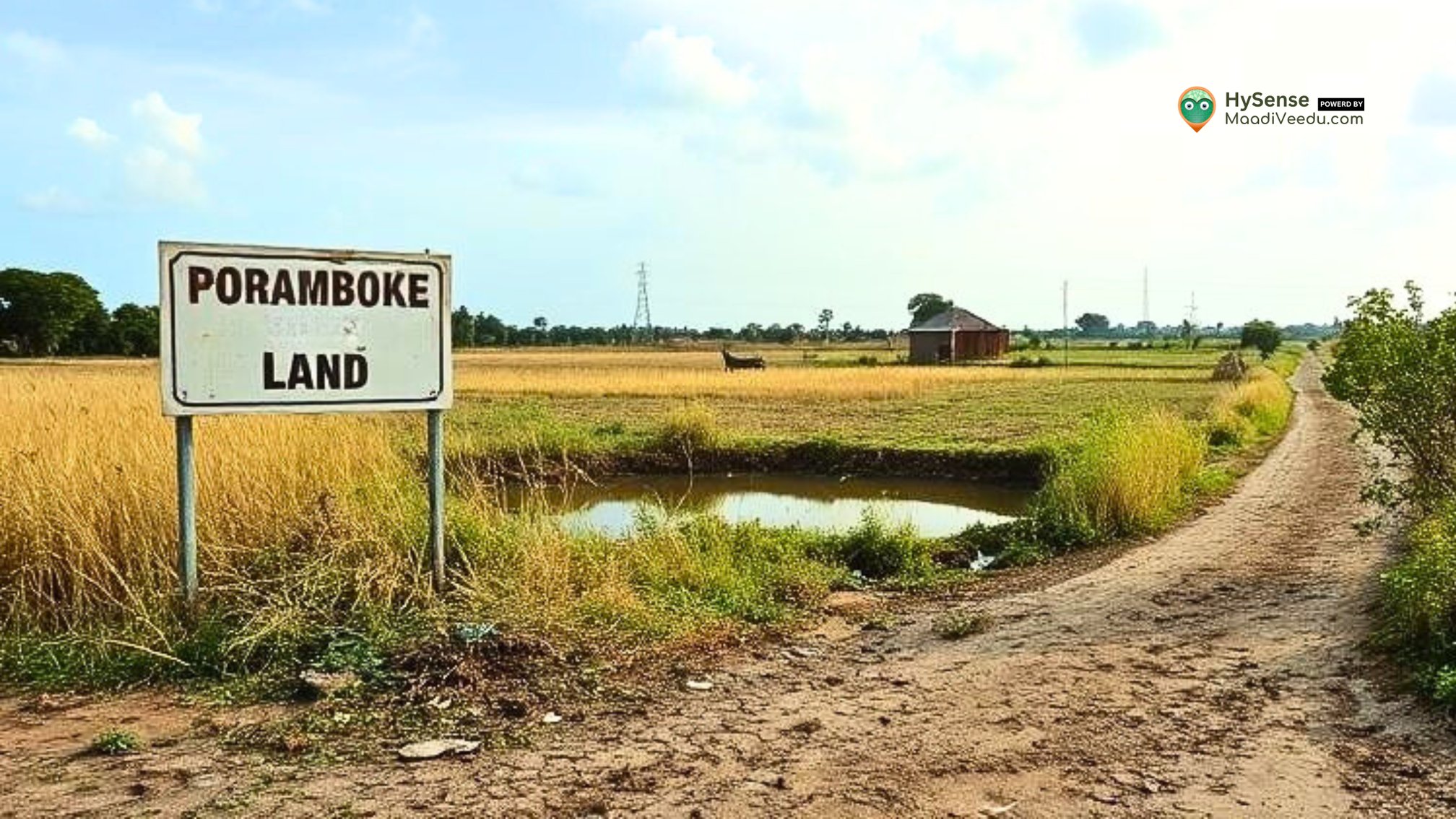Basic Land Surveying: 5 Key Facts You Need to Know for Success
Discover the 5 essential facts about Basic Land Survey that you must know for success. Learn Land Surveying 101 with our comprehensive guide.

Table of Contents
Land Surveys
Land surveying plays a pivotal role in shaping construction projects, property transactions, and legal matters. By accurately defining land boundaries and features, surveying ensures that projects run smoothly and disputes are minimized. Whether you’re preparing for a construction project or simply interested in learning about land surveying, understanding the fundamentals is crucial.
This guide delves into the basics of land surveys and highlights 5 key facts you must know to succeed.
What is a Basic Land Survey?
A Basic Land Survey is the process of measuring, mapping, and documenting land parcels to determine boundaries, features, and elevations. The results are used in various fields such as real estate, construction, and legal disputes. By grasping the basics of land surveying, you can better navigate property transactions or construction projects, ensuring accurate and dependable results.
Key Aspects of Basic Land Surveys
Survey Objectives
The primary purpose of a land survey is to obtain precise measurements of a land parcel. This often includes:
- Marking property boundaries
- Identifying physical features like rivers, buildings, or roads
- Producing detailed maps
Accurate land surveys help avoid disputes, guide construction projects, and support legal processes like property transfers.
Survey Methods
Surveying has evolved over time, with modern techniques complementing traditional methods. Common methods include:
- Triangulation: A geometric method where distances and angles are calculated by forming triangles.
- Traverse Surveying: A method involving connected lines to define boundaries.
- GPS Surveying: Utilizing satellite technology to capture precise coordinates and measurements of the land.
- Laser Scanning: A modern technique that uses lasers to create 3D models of terrain.
Survey Equipment
Land surveyors rely on various tools to collect accurate data. Essential equipment includes:
- Total Stations: Instruments that combine angle measurement with distance calculations to provide precise land details.
- GPS Devices: These use satellite data to determine exact positions on the earth’s surface.
- Leveling Instruments: These help surveyors measure elevation differences across a piece of land.
If you're exploring affordable land options, especially under government-supported categories, don't miss our guide on EWS Plots Eligibility: 5 Key Benefits and Government Schemes.
Fundamentals of Land Surveying
1. Surveying Principles
The principles of land surveying are grounded in geometry, trigonometry, and the accurate use of reference points. A firm understanding of these mathematical concepts ensures that measurements are both accurate and reliable.
2. Surveying Techniques
Land surveying involves various methods for capturing land data:
- Triangulation: Measures angles between distant points to establish distances.
- Traverse Surveying: Establishes boundary lines using a series of connected points.
- GPS Surveying: Uses signals from satellites to pinpoint locations with a high degree of accuracy.
- Topographic Surveying: Maps contours and elevations of land, providing detailed data on terrain.
3. Surveying Tools
Modern surveying tools play a critical role in accurate measurements:
- Total Stations
- GPS Devices
- Laser Scanners
These tools help create highly accurate maps and models of the terrain.
Need to convert land measurements with ease? Use our simple land unit converter for accurate results.
Land Survey Basics
1. Types of Basic Land Surveys
Each type of survey serves a specific purpose:
- Boundary Surveys: Define the exact boundaries of a property.
- Topographic Surveys: Identify land contours, elevations, and physical features.
- Construction Surveys: Provide critical data for construction projects, including building locations, site grading, and alignment.
2. Surveying Process
The process involves several key steps:
- Planning: Define objectives and review any existing records or maps.
- Fieldwork: Conduct on-site measurements using appropriate equipment.
- Data Analysis: Process collected data for accuracy and consistency.
- Reporting: Present findings in the form of maps, charts, or reports.
3. Legal and Regulatory Requirements
Land surveying must comply with local laws and professional standards. Licensed surveyors ensure the results are valid and enforceable in legal matters.
Essential Land Survey Information
1. Accuracy and Precision
- Accuracy: How close measurements are to true values.
- Precision: Consistency of repeated measurements.
Both are necessary to avoid costly errors and ensure dependable data.
2. Documentation and Reporting
Survey results must be documented clearly through:
- Maps
- Charts
- Detailed reports describing methods and findings
3. Technology Integration
Technology like GPS, laser scanning, and advanced software helps improve accuracy, speed, and reporting in land surveying.
Understanding Basic Land Surveys
1. Surveying Terminology
Key terms include:
- Azimuth: The angle between a reference point and the direction of interest.
- Benchmark: A fixed point of reference used to measure elevation.
- Elevation: Height of a point relative to sea level.
2. Surveying Standards
Following certified methodologies and maintaining well-calibrated equipment ensures accuracy and professional recognition.
3. Practical Applications
Land surveys are used in:
- Real estate development
- Environmental planning
- Construction layout
- Legal boundary resolutions
Land Surveying 101 for Beginners
1. Surveying Basics for Beginners
New learners should focus on:
- Reading maps and site plans
- Operating basic GPS equipment
- Understanding geometric principles
2. Overview of Basic Land Surveys
Different types serve various needs. For example:
- Boundary surveys support real estate purchases
- Topographic surveys guide construction planning
3. Types of Basic Land Surveys
Knowing which survey suits your project ensures accurate results. Always consult with a licensed surveyor for guidance.
Conclusion
Mastering the key facts of a Basic Land Survey is essential for anyone involved in land-related projects. By understanding surveying principles, techniques, and tools, and staying informed about the legal and technological aspects, you can ensure accurate results and successful outcomes.
Whether you're involved in construction, real estate, or land management, a solid foundation in land surveying is critical for making informed decisions and avoiding costly errors. For trusted property listings and land information, visit MaadiVeedu.com, and for detailed blogs and guides, check out blog.maadiveedu.com.
With this comprehensive understanding of basic land surveys, you’ll be better equipped to handle any surveying challenges that come your way.
Frequently Asked Questions (FAQ)
1. What is the purpose of a land survey?
A land survey defines property boundaries, identifies physical features, and provides data for legal, construction, and planning purposes.
2. Who conducts a land survey?
A licensed land surveyor with professional qualifications and knowledge of local regulations conducts land surveys.
3. Is a land survey necessary before buying land?
Yes, a survey ensures you understand the property's exact boundaries, preventing legal disputes and helping with accurate planning.
4. How much does a basic land survey cost?
Costs vary based on land size, location, terrain, and type of survey. Consult a local surveyor for an accurate quote.
5. How long does a land survey take?
It depends on the land area, complexity, and type of survey. Simple surveys may take a few days; complex ones may take weeks.
6. What documents are provided after a land survey?
Surveyors typically provide a map or plat, detailed reports, and a certificate of accuracy if required for legal use.










